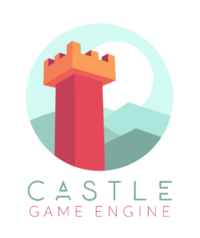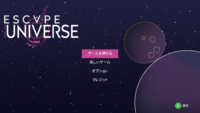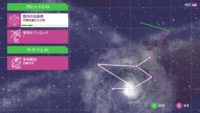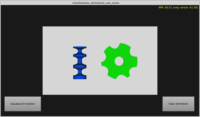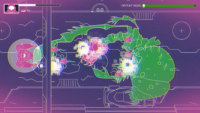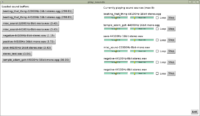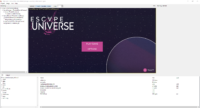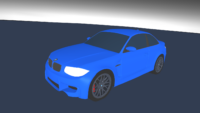 |
- Castle Game Engine now supports ASTC, which is a great GPU compresion method available on most modern mobile devices (Android and iOS). You can easily compress your textures, and then use them at runtime, using the appropriate declaration in material_properties.xml file.
The usage is described in details in ASTC compression support added to Castle Game Engine (also available in Polish) article by Andrzej Kilijański, who implemented this feature. Thousand thanks!
-
I pushed Delphi compatibility further. Many more units are supported, in particular our file reading/writing/searching system using URLs, including our XML support (used throughout the engine). To have uniform XML support, I introduced Delphi units
DOM,XMLRead,XMLWritethat wrap Delphi XML implementation (using MSXML and COM interfaces) in an API compatible with analogous FPC units.It all can be tested by compiling Delphi example in CGE sources. I hope to make more progress very soon 🙂
P.S. More cool stuff from Andrzej is coming — streaming music 🙂
P.P.S. Blender 2.8 was released! Note that CGE supports various 3D model formats supported by Blender 2.8 out-of-the-box (Wavefront OBJ, glTF 2.0, X3D, Collada, STL). (Unfortunately, exporting to the best formats — glTF and X3D — is far from perfect now in Blender 2.8. E.g. glTF exporter doesn’t apply modifiers, materials remain gray, transformation hierarchy has duplicated nodes. And X3D exporter can crash. As a workaround, OBJ exporter always works 🙂 )
